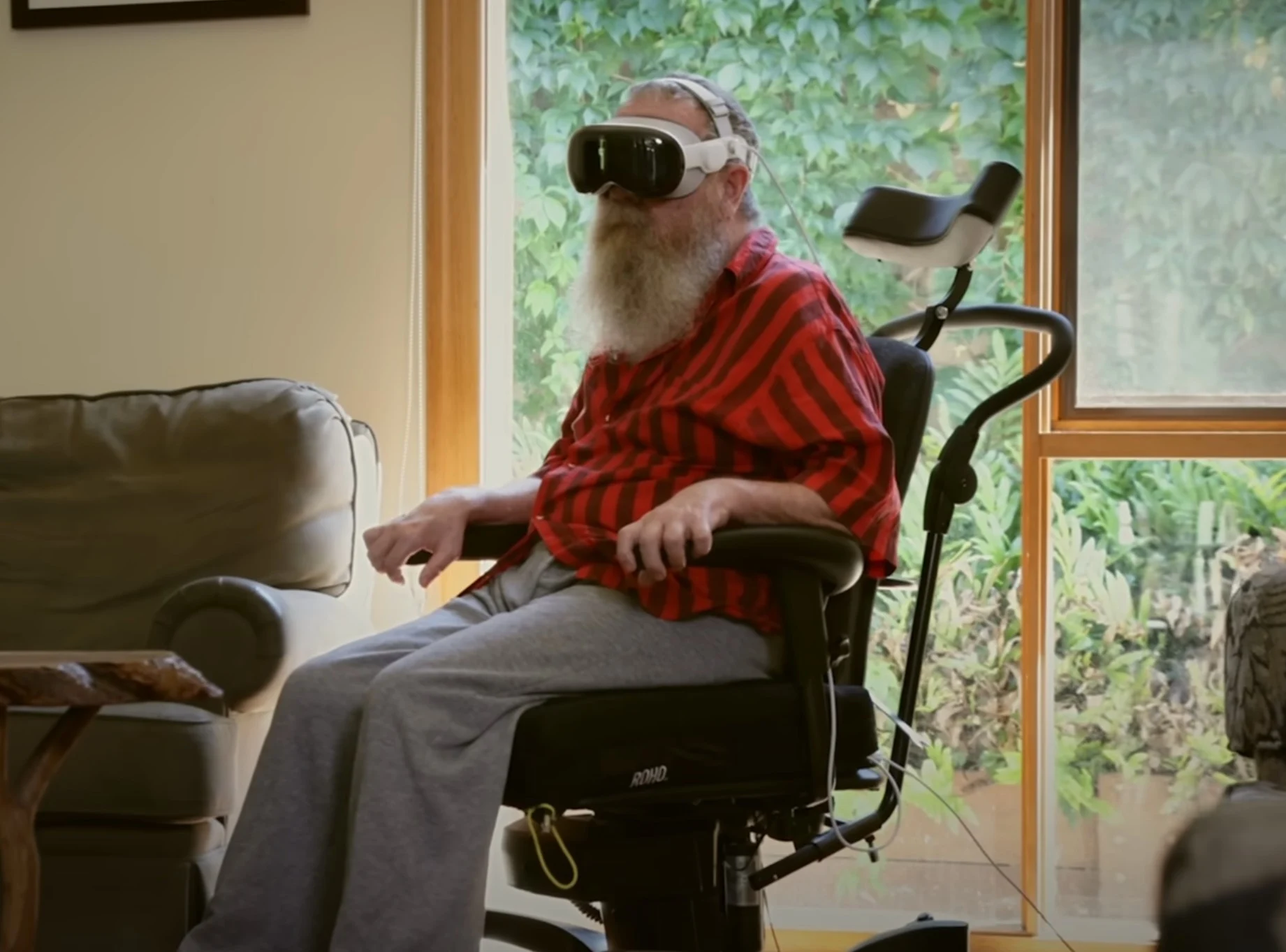Key Takeaways
1. Apple is collaborating with start-up Synchron to develop brain-computer interface (BCI) technology using thought signals.
2. The Stentrode implant, created by Synchron, can detect neuronal activities and control devices like the iPhone via 16 electrodes.
3. Users, like Mark Jackson with ALS, can operate devices using the Stentrode implant, but navigation speed is currently limited compared to traditional methods.
4. Tom Oxley, CEO of Synchron, emphasizes the need for a standardized approach for BCI devices, which Apple plans to introduce by the end of 2025.
5. A dedicated standard from Apple could significantly enhance BCI accessibility and impact how individuals with disabilities interact with technology.
According to the Wall Street Journal (WSJ), Apple is working together with a start-up called Synchron to explore new ways for controlling devices using thought signals, which are basically neural impulses. Synchron has created the Stentrode implant, a brain-computer interface (BCI) that is inserted like a stent into a vein located above the motor cortex in the brain. This device has 16 electrodes that can detect delicate neuronal activities related to movement and turn these signals into commands to control devices like the iPhone. Since 2019, ten individuals have received the Stentrode implant.
User Experience
One individual using the Stentrode implant is Mark Jackson, who suffers from amyotrophic lateral sclerosis (ALS). He shared that he can operate an Apple Vision Pro headset with assistance from his implant and special software designed by Apple. The signals from the implant are managed through existing alternative device control options in Apple’s operating systems. However, Jackson notes that the current method of navigation is not as fast as traditional ways because direct cursor control through thought is still not possible.
Future Plans
According to Tom Oxley, CEO of Synchron, a standardized approach specifically designed for BCI devices from companies like Apple would greatly enhance the potential of these technologies. Reportedly, Apple intends to roll out such a standard for developers by the end of 2025, making it easier to incorporate brain implant inputs into software.
Broader Impact
The creation of a dedicated standard by Apple could be a major advancement in making BCIs more accessible and influencing the future of how humans interact with computers. Morgan Stanley estimates that approximately 150,000 individuals in the United States with severe upper extremity disabilities could be potential early users of BCI devices.
Source:
Link


Leave a Reply